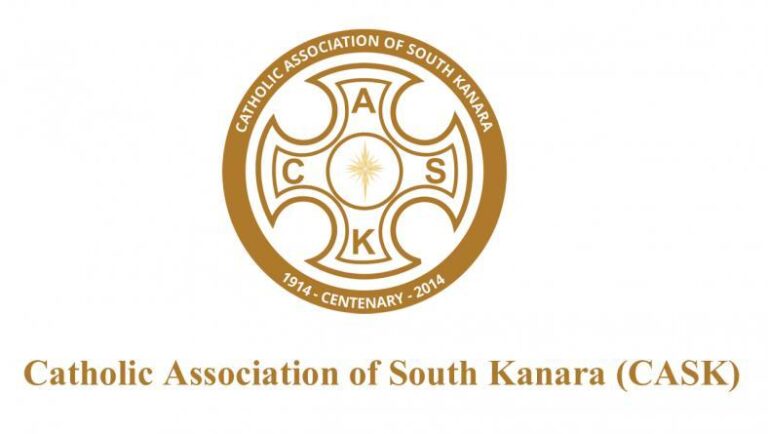WHEN Pope Francis became the first Jesuit pontiff, there was a surge of interest in a religious fraternity which, like it or loathe it, has played a significant role in world history, from Asia to Latin America. And as people soon realised, it is quite hard to make generalisations about the Society of Jesus, except that its members tend to be brainy, versatile, even chameleon-like, with a capacity for travelling to distant lands and empathising deeply with the local culture and language.
To see the sheer diversity of the Jesuit experience, consider four members of the society who gained prominence in the late 20th century. Pedro Arrupe, from Spain’s Basque country, was head of the fraternity from 1965 to 1983, a time when many of its members, especially in Latin America, veered sharply to the left. Under his guidance, the Jesuits adopted a manifesto which committed them to “promote justice and enter into solidarity with the voiceless and the powerless.” Defying threats from right-wing death squads, he kept a large contingent of Jesuits in El Salvador, six of whom would ultimately be killed. When illness forced him to retire, Pope John Paul II overruled his choice of successor, an implied rebuke which many Jesuits resented.
Klaus Luhmer was a distinguished educationalist and head of a university; he was an advocate of Montessori teaching methods which aim to bring out pupils’ innate gifts. Hugo Enomiya Lassalle was a practitioner of Buddhist meditation techniques who qualified as a Zen master. He began advocating the idea that Christianity and the Zen tradition were compatible, but the Vatican reined in his publishing. Hubert Schiffer followed a more classical form of Catholic pietism; he became a leading member of a movement that urged frequent use of the rosary prayers.
So…four utterly contrasting lives? In fact, they have one big thing in common, besides being Jesuits. They were all in Hiroshima exactly 68 years ago, on August 6th 1945. In total there were eight Jesuits in or near Hiroshima at the time. In accordance with the church calendar, they were expecting to spend the day commemorating the moment in the New Testament when Jesus is said to have appeared before three followers with “his face shining like the sun and his raiment white as the light”. Instead, they witnessed a different blinding flash and each responded in his own way. Father Arrupe drew on his medical training to help set up a makeshift hospital for the wounded and dying. Years later, as head of Japan’s Sophia University, and until his death in 2011 at the age of 94, Father Luhmer would recall seeing victims “with skin hanging off their bones in strips” and hearing their muffled cries of “water, water…”. The future Zen specialist, Father Lassalle, was carried on a stretcher by Father Luhmer to a Jesuit premises on the outskirts of the city. Despite serious injuries, Father Lassalle recovered and later led the construction of a World Peace Memorial Cathedral in Hiroshima. Father Schiffer was one of four Jesuits living near the centre of the devastation who somehow escaped without injury; he ascribed their survival to a miracle.
Most of us know the meaning of a life-changing moment. But what sort of change that moment will bring about….well, that can vary, to say the least.
